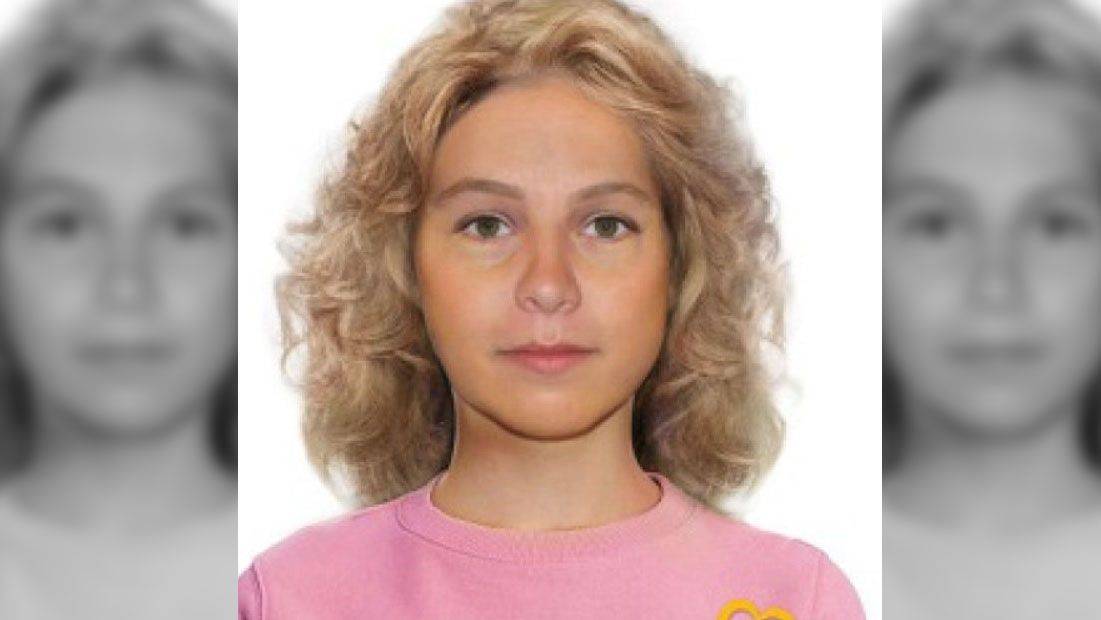It was September 1990 when road crews found the remains of a woman on the side of Interstate 40 in Orange County, North Carolina. She had been strangled, her body dumped on the eastbound side of the highway near the exit for New Hope Church Road, investigators said. No one knew who she was.
Thirty-three years later, the Orange County Sheriff’s Office said thanks to new DNA technology and investigation techniques, she has finally been identified. They said the mystery woman was Lisa Coburn Kesler.
Kesler was 20 at the time she was killed and had lived most of her life in Jackson County, Georgia, northeast of Atlanta, close to Athens.
“Throughout the decades, some of our finest investigators kept plugging away. When you can’t close a case, it gets under your skin,” said Orange County Sheriff Charles Blackwood. “You might set the file aside for a while, but you keep coming back to it, looking to see something you didn’t notice before, or hoping information gathered in ensuing cases has relevance to your cold case.”
Detectives also keep up with evolving technologies and techniques, and that’s what led to the breakthrough in this case, the sheriff said.
Investigators looked into hundreds of leads, talked to possible witnesses and searched missing persons reports. Early in the case, they made a model of her skull and used forensic racial reconstruction to create a bust showing what the woman may have looked like.
“As the years went by, investigators and skilled volunteers tried new methods, such as generating a digital illustration approximating a photograph and circulating the image on social media,” the sheriff’s office said. But they weren’t able to crack the case.
In 2020, Investigator Dylan Hendricks took over the cold case. Working with the State Bureau of Investigation, Hendricks was able to send a 30-year-old hair sample for DNA testing. When he got back a new DNA profile, Hendricks sent that to Leslie Kaufman, who specialized in a new technique called forensic genealogy.
Kaufman used tools like genealogy databases to link the woman’s DNA with possible family members, and found people who looked to be paternal cousins. That’s when investigators went back to more traditional techniques and started talking to the possible relatives. They learned about a relative that no one in the family had heard from for in 30-plus years.
“Essentially, there was a Lisa-shaped hole on a branch of the family tree right where the DNA told us Lisa should be, and no one knew where she was,” Hendricks said. With a little more DNA testing from other relatives, investigators were able to confirm they had the right name for the mystery woman.
Forensic genealogy has gained more attention in recent years as investigators around the country have been able to use genealogy databases, like Ancestry and 23andMe, to close cold cases. Investigators in California used forensic genealogy to identify Joseph James DeAngelo as the Golden State Killer. He pleaded guilty to 13 murders in 2020.
Earlier this year, the Charlotte-Mecklenburg Police Department said it sold three cases using the technique. Those cases included identifying a man whose body was found at the bottom of an elevator shaft in 1988 and the partial remains of a homicide victim found in 2008.
“I am very happy we solved the three-plus-decades-old mystery of this young woman’s identity, and I hope it provides solace to her family members,” the Orange County Sheriff said. “I believe we collectively demonstrated the value of dogged determination, which we will now apply to the task of identifying her killer. There is no statute of limitations on murder, and no time clock on justice.”



